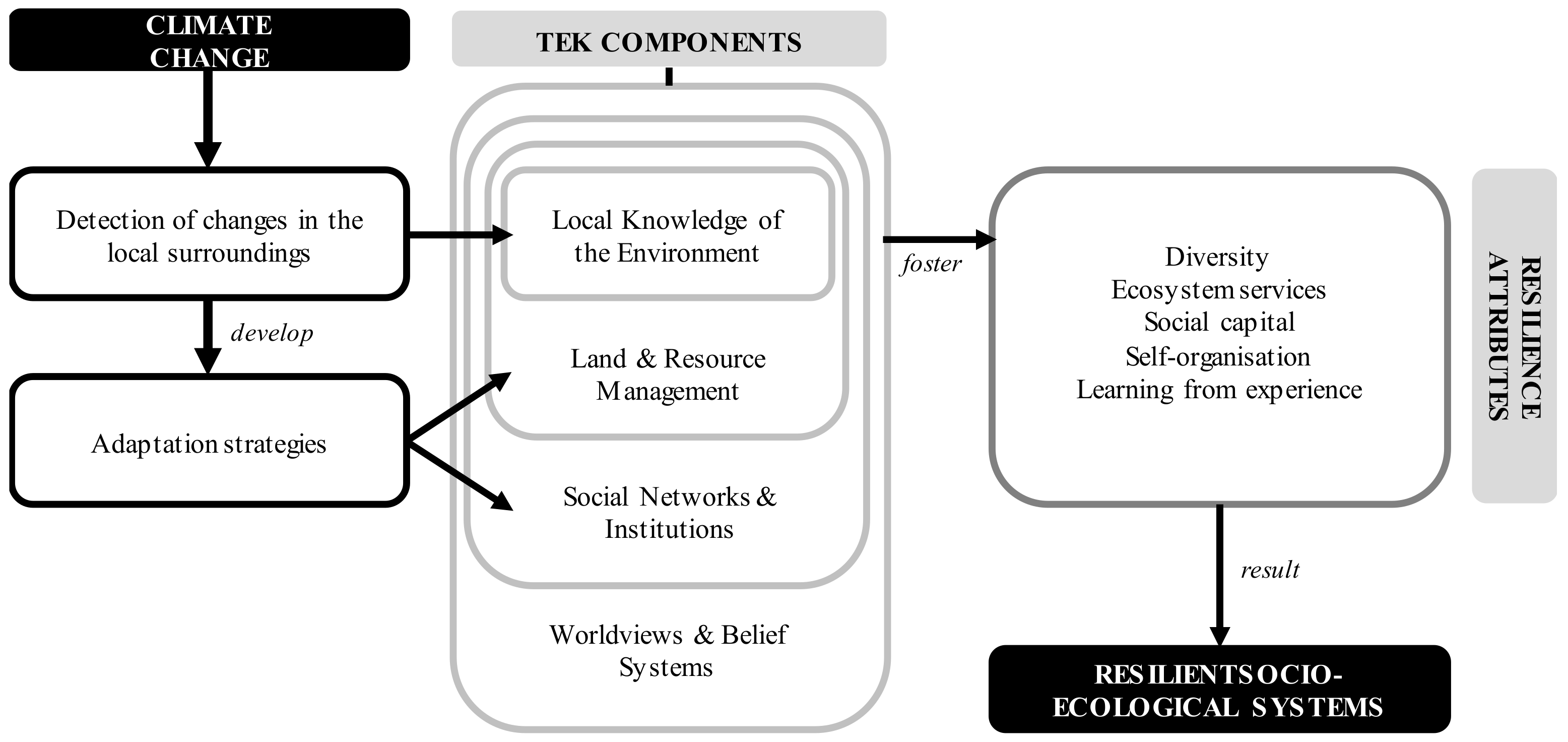Introduction
Climate change is no longer a distant threat; it’s an unfolding reality. With rising temperatures, melting ice caps, and more frequent extreme weather events, our planet is undergoing a transformation that has far-reaching consequences for all of us. One of the most pressing challenges of our time is how to adapt to this changing climate and ensure our communities are prepared for the disasters it brings.
In this blog, we will delve into the world of disaster preparedness in a changing climate. We’ll explore the importance of resilience, discuss the key factors contributing to climate-induced disasters, and provide practical tips and strategies to enhance our ability to withstand and recover from these events. Let’s embark on this journey to better understand how we can protect ourselves, our communities, and our planet.
Understanding the Challenge
Climate change is amplifying the frequency and severity of natural disasters. From hurricanes and wildfires to droughts and floods, communities worldwide are grappling with the consequences of a warming planet. Here are four key factors contributing to the rise in climate-induced disasters:
Rising Temperatures: As global temperatures increase, so does the likelihood of extreme heatwaves. These heatwaves not only pose direct health risks but also increase the likelihood of wildfires and droughts, further exacerbating the disaster potential.
Changing Precipitation Patterns: Climate change is altering precipitation patterns, leading to more intense rainfall events in some areas and prolonged droughts in others. This unpredictability can result in destructive flooding or water scarcity, depending on the region.
Sea-Level Rise: The melting polar ice caps and glaciers contribute to rising sea levels. This puts coastal communities at greater risk of storm surges and flooding, making them more susceptible to disasters like hurricanes.
Extreme Weather Events: Climate change intensifies extreme weather events, such as hurricanes and typhoons. These storms can cause widespread destruction, including flooding, property damage, and loss of life.
The Importance of Resilience
In the face of these challenges, resilience becomes paramount. Resilience refers to the ability of individuals, communities, and systems to withstand shocks and adapt to changing conditions. Developing resilience is crucial for disaster preparedness in a changing climate because it allows us to bounce back stronger after a disaster and reduce its long-term impact.
Building resilience involves a multifaceted approach that encompasses various aspects of our lives and communities:
Infrastructure Resilience: Upgrading infrastructure to withstand extreme weather events is essential. This includes improving the design and construction of buildings, roads, and bridges to reduce damage during disasters.
Ecosystem Resilience: Natural ecosystems, like wetlands and forests, provide important buffers against disasters. Protecting and restoring these ecosystems can help mitigate the impact of climate-induced disasters.
Community Resilience: Communities that are well-connected and prepared are better equipped to respond to disasters. Developing community plans, educating residents, and fostering social cohesion are crucial elements of community resilience.
Individual Resilience: Personal preparedness is equally important. Every individual should have a disaster preparedness plan, including access to emergency supplies and knowledge of evacuation routes.
Practical Tips for Disaster Preparedness
Now that we understand the importance of resilience, let’s explore some practical tips for disaster preparedness in a changing climate:
Stay Informed: Keep yourself updated about climate-related risks in your region. Follow weather forecasts and warnings, and pay attention to local government guidance.
Create an Emergency Kit: Prepare an emergency kit that includes essentials like water, non-perishable food, a flashlight, batteries, and a first-aid kit. Make sure your kit is easily accessible in case of evacuation.
Have a Family Emergency Plan: Discuss and establish a family emergency plan. Identify meeting points, contact information, and communication methods. Ensure that everyone in your household knows the plan.
Protect Your Home: Invest in home improvements that make your property more resilient, such as reinforcing the roof, elevating electrical systems, and installing flood barriers if you live in a flood-prone area.
Support Local Initiatives: Get involved in local community organizations and initiatives focused on disaster preparedness and climate adaptation. Your collective efforts can make a significant difference in your community’s resilience.
Reduce Your Carbon Footprint: Take steps to reduce your carbon footprint to mitigate the long-term effects of climate change. This includes reducing energy consumption, using public transportation, and supporting renewable energy sources.
Advocate for Change: Advocate for policies that address climate change and promote disaster resilience at the local, national, and global levels. Your voice can help drive meaningful change.
Conclusion
Disaster preparedness in a changing climate is a shared responsibility. It requires individuals, communities, and governments to work together to build resilience and adapt to the challenges posed by a warming planet. By staying informed, taking practical steps, and advocating for change, we can better protect ourselves, our communities, and future generations from the impacts of climate-induced disasters. It’s time to take action and prepare for a more resilient and sustainable future.
In a world where climate change is becoming increasingly evident, disaster preparedness is not just an option; it’s a necessity. Join us in our exploration of climate change adaptation and resilience, and discover how you can make a difference in a changing world.





